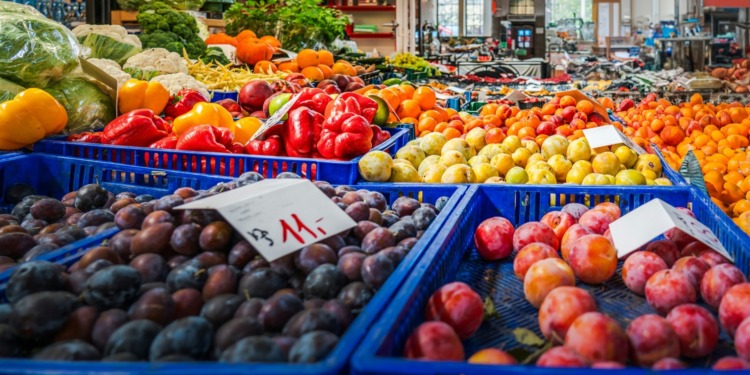A Rabobank report promotes collaboration across the entire supply chain, such as sharing costs, rewards, and risks. This report highlights the important role of cooperatives, which can ultimately lead to increased effectiveness in emission reductions driving food system sustainability in the EU .
As Europe moves toward a sustainable food system, it faces a critical moment. Over half of the greenhouse gas (GHG) emissions in the EU’s food and beverage industries stem from on-farm activities, leaving farmers under significant pressure to reduce their environmental impact. However, single farmers may find it difficult to achieve the same level of reductions, highlighting the importance of addressing environmental issues in the food and beverage industry.
Why cutting agricultural emissions is crucial for EU climate targets
One of the biggest contributors to the EU’s global GHG emissions is agriculture, livestock, and crop production, which account for a large proportion of the total emissions. As of 2025, agrifood companies will be obligated to disclose emissions and provide comprehensive plans on how they plan to cut down on their GHG emissions because of an amended Corporate Sustainability Reporting Directive (CSRD). This makes it vital for firms to prepare for regulation changes now, as the EU is looking to meet its target of climate neutrality by 2050.
However, ESG software can make it much easier for individual farmers to track their ESG performance and make sure they meet and comply with the criteria.
Challenges facing farmers in the move toward decarbonization
With the average size of a farm in the EU being roughly 17 hectares, the sheer vastness creates difficulty in investing in sustainability in the EU food system. This makes collaboration between farmers, cooperatives, financial institutions, and policymakers a key part of a smooth transition to a more sustainable food future.
Cooperatives’ role in the EU’s sustainability push
Cooperative services such as expertise and market access can help farmers reduce on-farm emissions, directly reducing the carbon footprint of the final product. This shows the pivotal role of cooperatives in the EU’s agricultural system, as they are responsible for bringing products like sugar or barley together from small farms across Europe. However, one of the main challenges is fairly sharing the costs and benefits of reducing emissions.
Related Articles: Food Systems and Agriculture: What’s on the Menu for COP28? | Solving our Food Crisis Requires a Fundamental Transformation of the System
The importance of cross-value chain collaboration
The issue with current food company targets is that they focus on single crops. Whilst the majority of farmers in the EU grow several different crops, addressing emissions across all crops provides the potential for even larger environmental benefits. However, this would require cooperation throughout the supply chain, where cooperatives can help.
Unlocking greater potential through cooperation
Collaboration provides the opportunity for farmers in the EU to reap the rewards of regenerative farming, simultaneously offering firms access to more sustainable products. The success of these collaborations depends on all stakeholders agreeing on how to share the costs, risks, and rewards. While some cooperatives are already working on such initiatives, broader participation is needed to maximise their impact.
European cooperatives, with their strong position in the agricultural value chain, are well-placed to lead the shift toward a sustainable food industry. By supporting collaboration and ensuring that all players benefit, they can help drive the transition to a low-emission future.
ESG software and tools such as IMPAKTER PRO are useful in helping firms identify how they should be working towards meeting sustainability goals.
***
This article is referenced from EU transition to sustainable food system requires collaboration | Feed Strategy by Feed Strategy
Editor’s Note: The opinions expressed here by the authors are their own, not those of Impakter.com — Cover Photo Credit: Jakub Zerdzicki










